Ndebele artist Esther Mahlangu's signature graphic murals have become icons of South African art, but few know the extraordinary story of how the 82-year-old artist, who cannot read or write, began to sign her name on the walls of the global art world's most important museums.
Speaking to HuffPost at the signing of her latest mural – at the Nirox Foundation sculpture park in the Cradle of Humankind – Mahlangu opened up about the genesis of her signature; an extraordinary story of how traditional "craft" art moved into the global "fine" art marketplace.
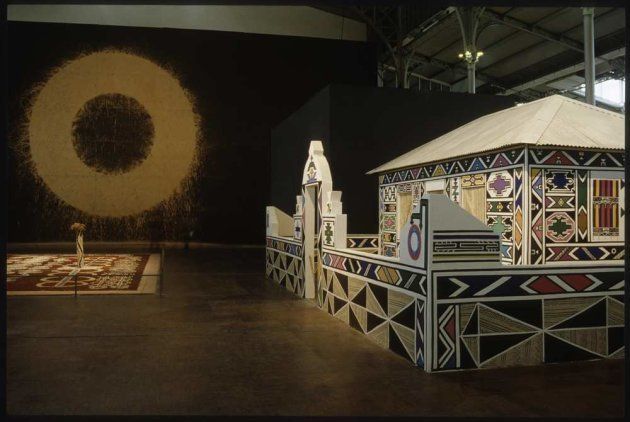
In 1989, Mahlangu was asked to exhibit at Magiciens de la Terre, a landmark exhibition held at Paris' Georges Pompidou Centre that saw the artist decorating a replica of her Mpumalanga homestead with her colourful graphic symbols. The show was her first major exhibition, and started a small stampede at the museum.
It was here that important international collectors began hounding her to sign her artworks, so that the works could be verified and ultimately sold as official "Esther Mahlangu artworks". But until that point, the work of Ndebele artists had been applied to village walls anonymously, with only the painters and the Ndebele themselves able to discern the style of one artist from the other.
As the Esther Mahlangu name became known around the world, more and more buyers requested signed, wall-based work that they could purchase and sell. So to keep up, the artist learnt to sign her works.
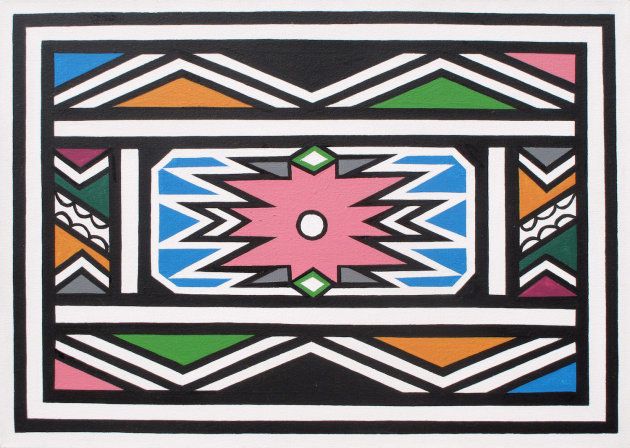
At our interview, Mahlangu's longtime collaborator Helene Smuts explained that the words "Esther Mahlangu" are the only ones the artist knows how to write. Growing up at the height of apartheid segregation, Smuts says, she was denied access to basic schooling and learnt everything she knows from her family.
This meant that at the age of 54, she had to learn how to write the words of her name.
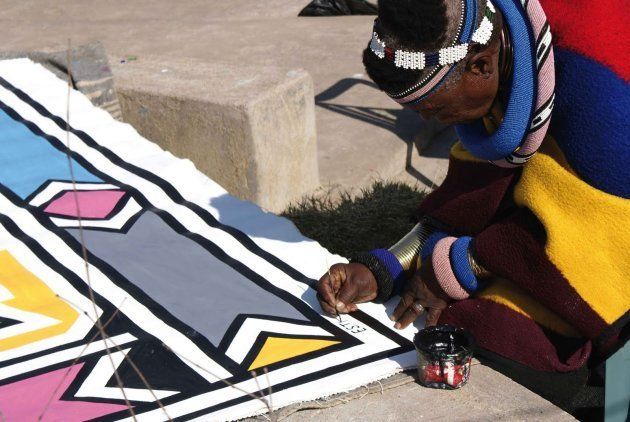
Her signature would mark the first time in history that a traditional Ndebele artist would attribute an individual name to one of the centuries-old murals. Her signature started a global phenomenon that would see the Mahlangu name and artwork emblazoned on everything from two custom-designed Esther Mahlangu BMW cars, to her own line of Belevedere vodka bottles, and exhibits from Moscow to Monaco.
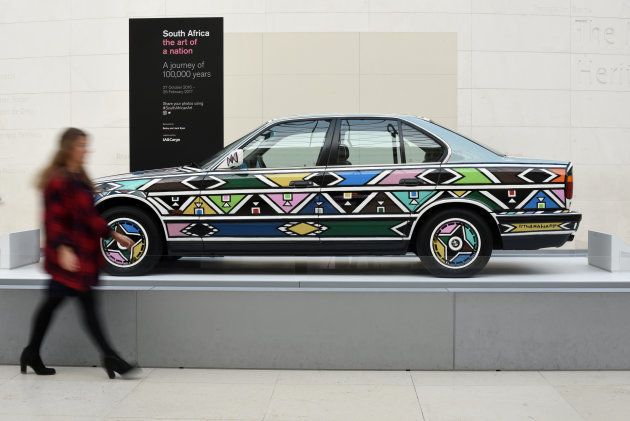

The signing of an artwork remains contested territory, since first becoming prevalent during the early Renaissance, which saw art production shift from cooperative guild systems to a celebration of individual creativity. For Mahlangu, this meant the move from modest murals to highly sought-after commercial commodities.
The significance of her work in changing perceptions of traditional art around the world is undisputed, but it is this ability of hers, to move from the tradition of her ancestors to the needs of the global art world, that continues to propel her name internationally.
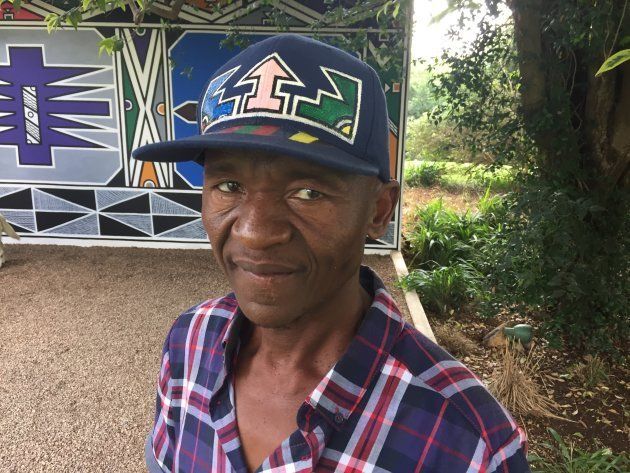
Today, Mahlangu has started a school in her village that teaches children the art of Ndebele mural painting, and is part of an extensive mentorship programme that is passing on her expertise to a group of assistants – who do the hard work of applying all the paint to the monumental artworks by means of feather brushes.
Mahlangu's work has also become the focus of a 17-year study by local and international academics calling themselves the Africa Meets Africa Project, who are collectively decoding the complex mathematics held within Mahlangu's geometric compositions.
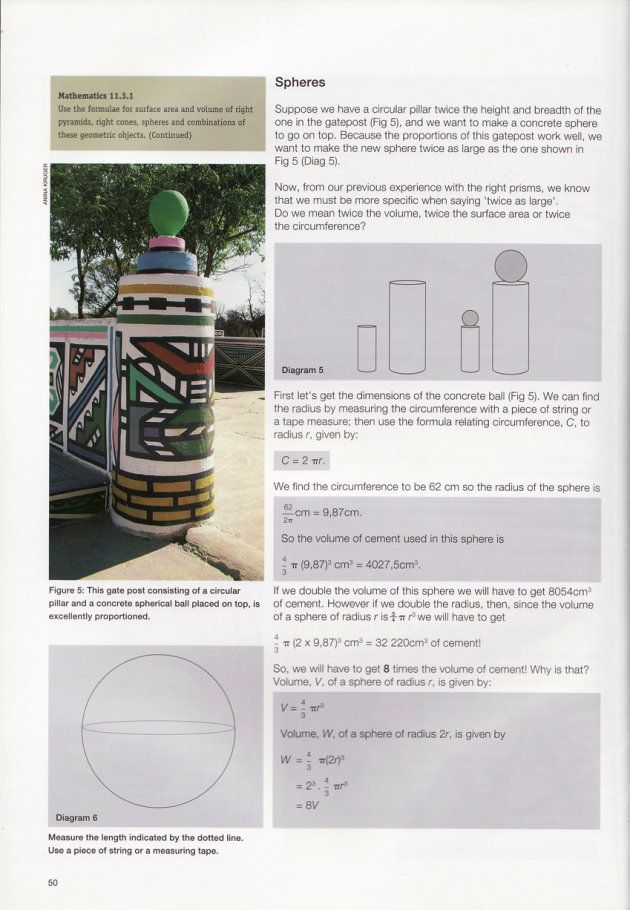
The group confirmed to HuffPost this week that in the coming years Mahlangu's work, which they say contains evidence of Pythagoras' theorem, among others, could soon be included in the national school curriculum, where they hope it will bring home the genius of tradition, and the importance of its preservation.
Ready to learn Esther's language? The full work will be revealed at the Nirox Foundation later this year, so follow them for updates.